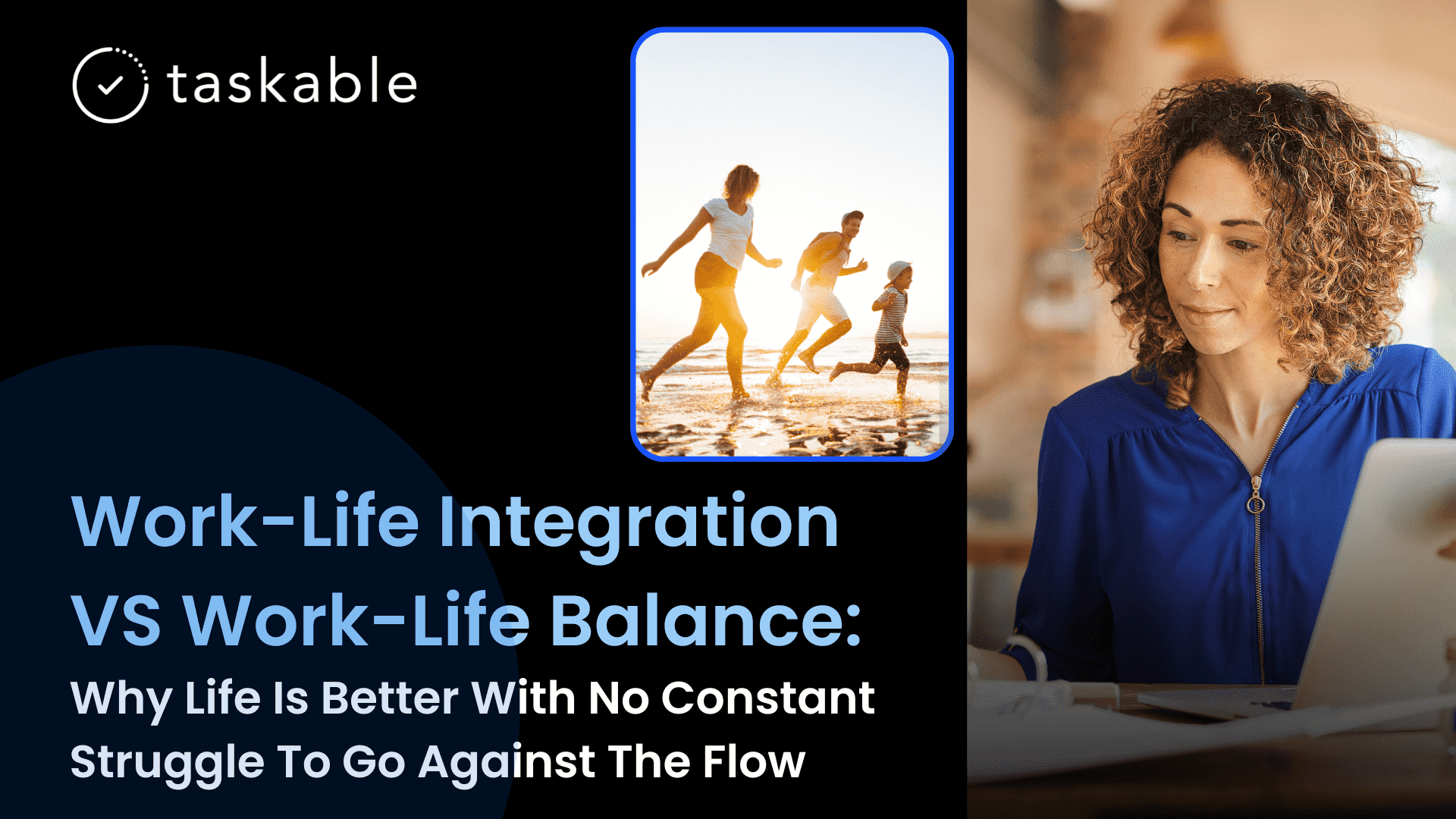Have you ever felt torn between your work and personal life? Have you struggled to find the elusive balance that everyone talks about? If so, you’re not alone. In today’s fast-paced and interconnected world, finding time for ourselves has become increasingly challenging. But what if I told you that there’s a different approach to achieving harmony between work and personal life? Enter work-life integration.
Work-life integration is a concept that challenges the traditional notion of work-life balance. Instead of striving to separate work and personal life, work-life integration encourages us to blend the two in a way that suits our individual needs and circumstances. It’s about finding ways to incorporate our personal passions and interests into our professional lives and vice versa.
For many years, the prevailing belief was that work and personal life had to exist in separate compartments. We were taught that work should stay at the office, and personal matters should only be dealt with outside of working hours. This compartmentalization often led to feelings of guilt, constantly trying to find that mythical perfect balance, and feeling like we were failing in one area at the expense of the other.
Work-life integration offers an alternative perspective. It recognizes that all aspects of our lives are interconnected and that trying to separate them can be counterproductive. Instead of sacrificing one area for the sake of the other, work-life integration encourages us to find synergy and alignment between the two.
One of the first steps towards achieving work-life integration is to redefine success. Traditionally, success was measured by external markers such as job titles, promotions, and salary. But work-life integration invites us to shift our focus and define success in more holistic terms. It’s about finding fulfillment in both our personal and professional lives, rather than solely chasing career achievements.
Work-life integration also emphasizes the importance of setting boundaries and managing our energy effectively. By recognizing our peak performance periods and allocating time for rest and rejuvenation, we can optimize our productivity and prevent burnout. It’s about working smarter, not harder, and being intentional about how we spend our time and energy.
Another key aspect of work-life integration is being adaptable and flexible. It’s about recognizing that life is unpredictable, and there will be times when work demands more of our attention, and other times when personal matters require our focus. By embracing flexibility and maintaining open lines of communication with our colleagues and loved ones, we can navigate these ebbs and flows with greater ease.
One of the great things about work-life integration is the freedom it provides to pursue our passions and interests. It encourages us to bring our whole selves to work, embracing our unique strengths and talents. Whether it’s incorporating our hobbies into our professional lives or finding ways to bring our work expertise into our personal pursuits, work-life integration allows us to create a sense of fulfillment in all areas of our lives.
It’s important to note that work-life integration is not a one-size-fits-all solution. It’s a deeply personal journey that requires self-reflection, experimentation, and continuous adjustment. What works for one person may not work for another, and that’s okay. The beauty of work-life integration is that it allows us to design our own path and find what works best for us.
In conclusion, work-life integration offers a refreshing approach to achieving balance. By blending our work and personal lives in a way that aligns with our values and goals, we can create a sense of harmony and fulfillment. It’s about redefining success, setting boundaries, being adaptable, and pursuing our passions. Work-life integration invites us to live authentically and wholeheartedly in all aspects of our lives. So, let’s embrace this modern approach and strive for integration, not separation.
